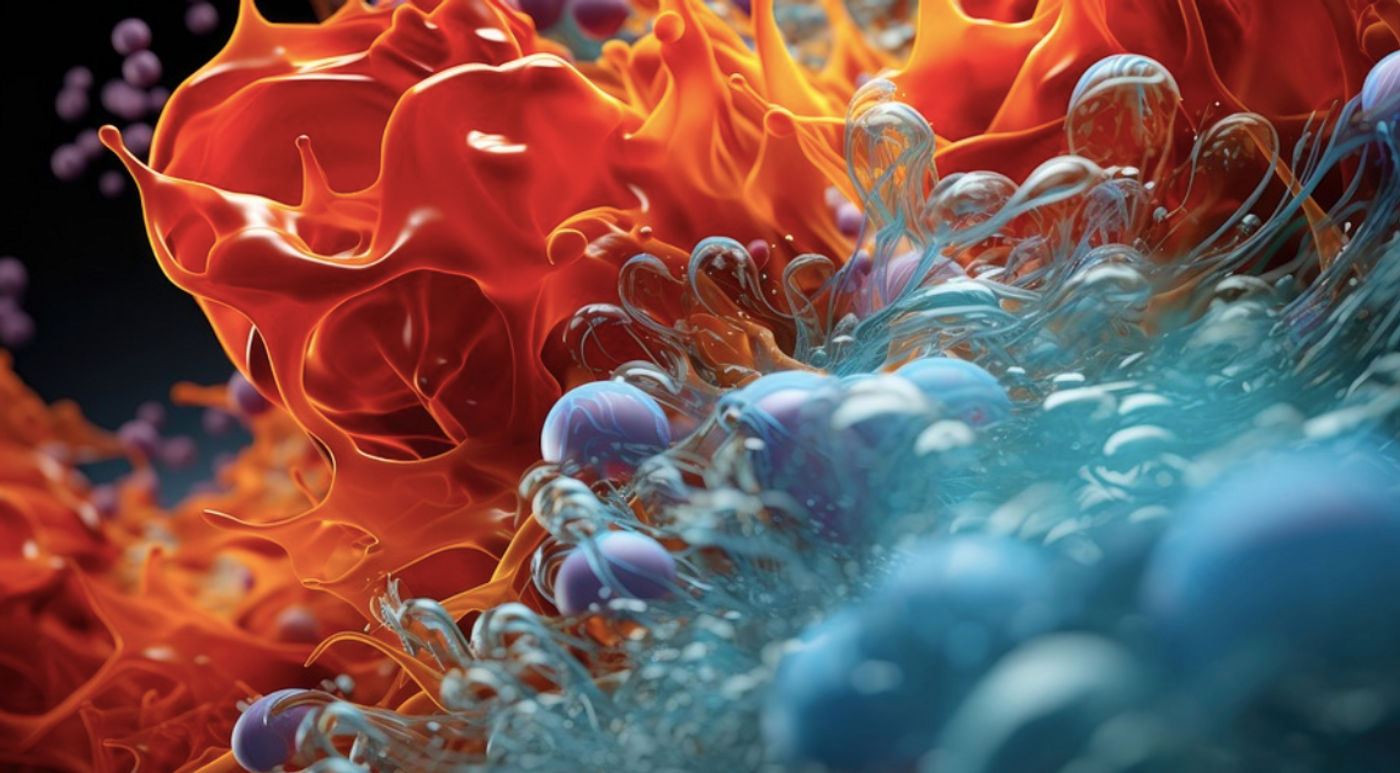Did Manganese Allow Life to Form on Early Earth?
The Earth is thought to have formed about 4.5 billion years ago. While life may have arisen about half a billion years later, the planet's magnetic field was not sufficient to protect the Earth, and whatever was on it, from cosmic radiation until around 3.5 billion years ago. So what is unclear is how life managed to survive the onslaught of those rays. New research may have found an answer. Reporting in Nature Communications, scientists have determined that manganese antioxidants helped cells resist the destruction power of radiation.
We share the world with an unknown number of microbes, and we have only begun to learn about them. One bacterium has been identified that can withstand incredibly high levels of radiation that would typically kill other organisms. This microbe, called Deinococcus radiodurans, has that ability because it contains very high levels of Mn(II), or manganese ions. The ions protect against the oxidative stress that occurs when these cells are are exposed to radiation. Manganese ions may, therefore, have been a secret to the survival of early life on Earth.
The investigators also wanted to test their theory. They engineered research models using primitive cells called protocells in broths that were meant to mimic the kind of stuff in the primordial soup that might have been present in the early days of a young Earth, and given rise to complex life. One of their models was based on a primordial soup recipe that contained polyphosphate manganese, while the other contained polyphosphate peptides.
These research models were then exposed to high levels of gamma rays that mimicked the force of cosmic radiation. The primordial soup that contained manganese ions remained viable and healthy while the recipe based on polyphosphate peptides was ruined by the radiation.
Previous work has indicated that there has been polyphosphate manganese on Earth for even longer than life has existed. The material was probably generated by volcanic activity, and thus, primitive cells or protocells would have been able to use it for protection.
If protocells on early Earth were able to live through blasts of cosmic rays, something similar to polyphosphate manganese could have been shielding them from destruction. Then, these cells may have gone onto become ancient forms of cyanobacteria. One day, eukaryotic cells finally arose at a time when prokaryotic microbes had already laid the groundwork to produce an atmosphere that would allow life to thrive.
Source: Nature Communications









